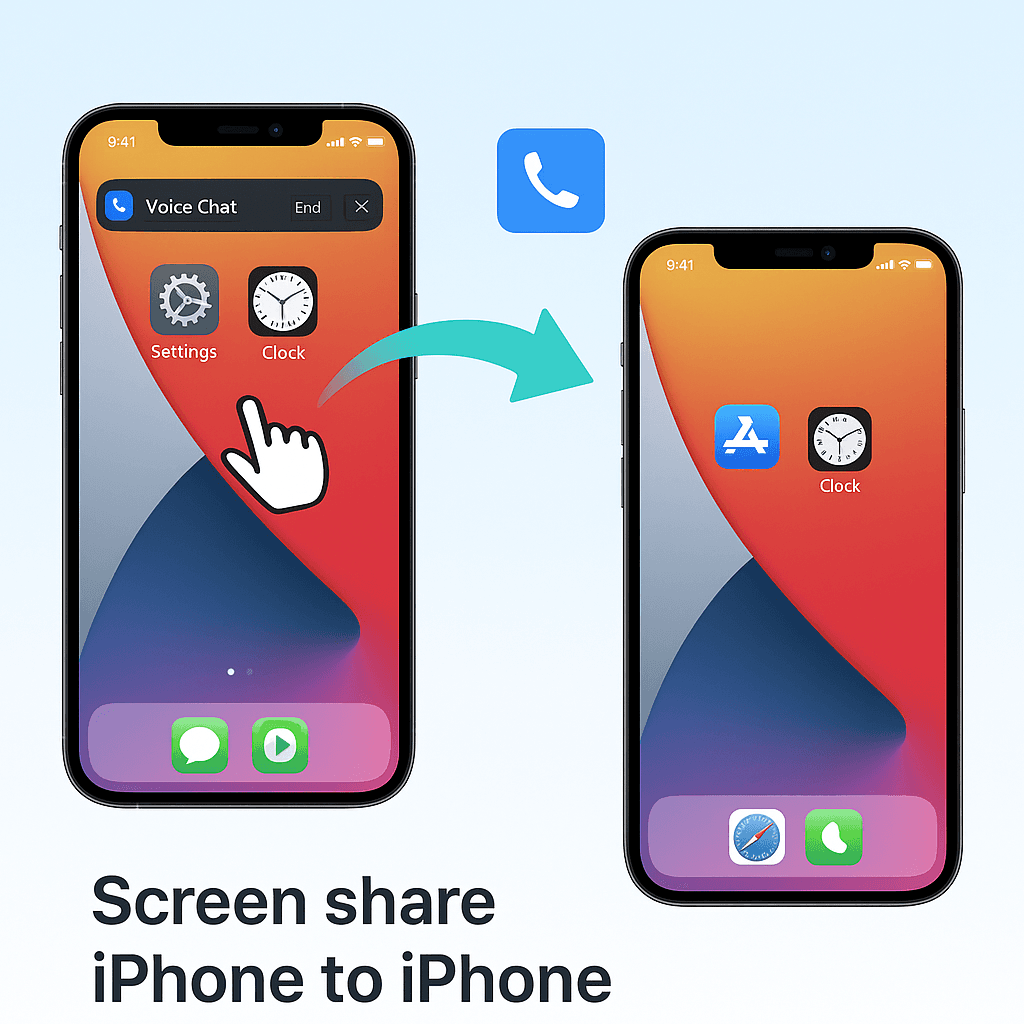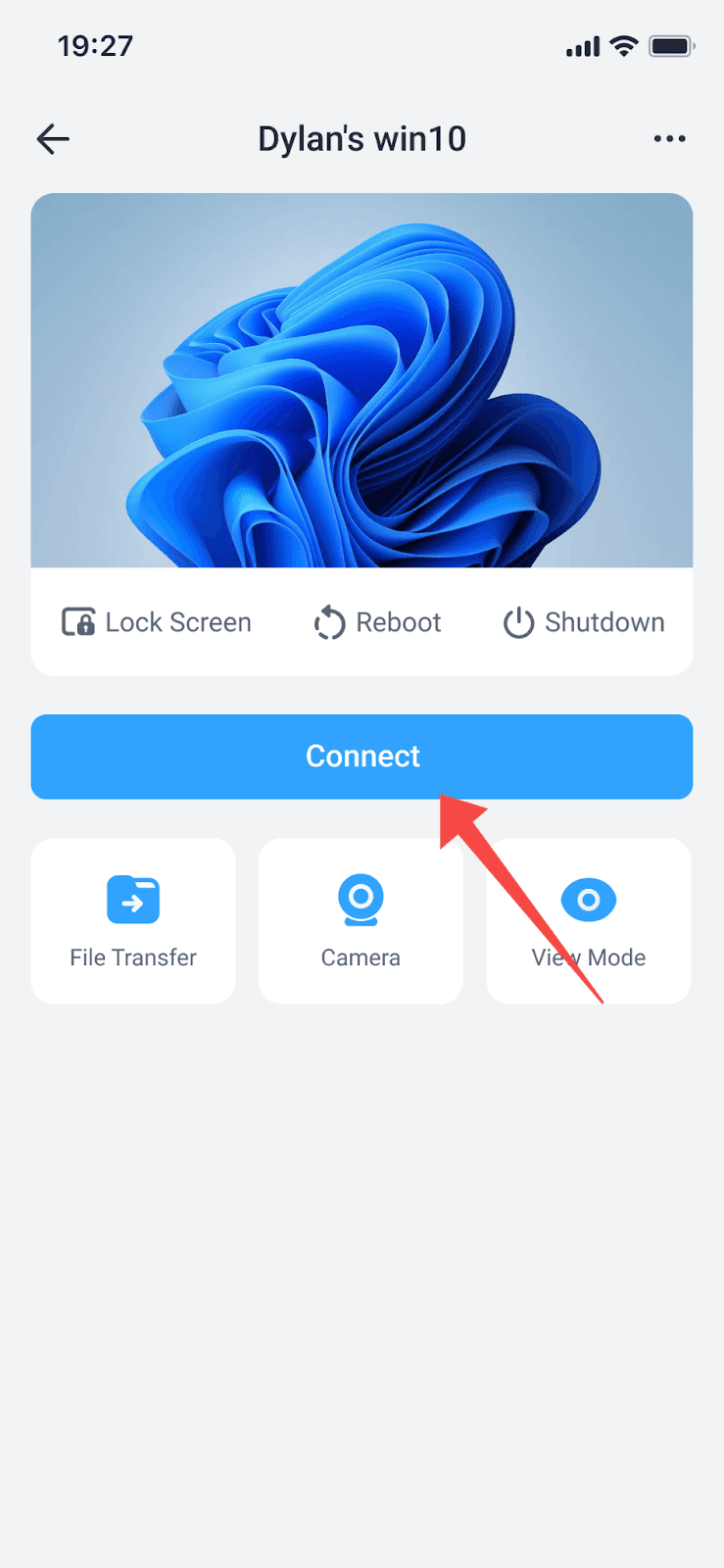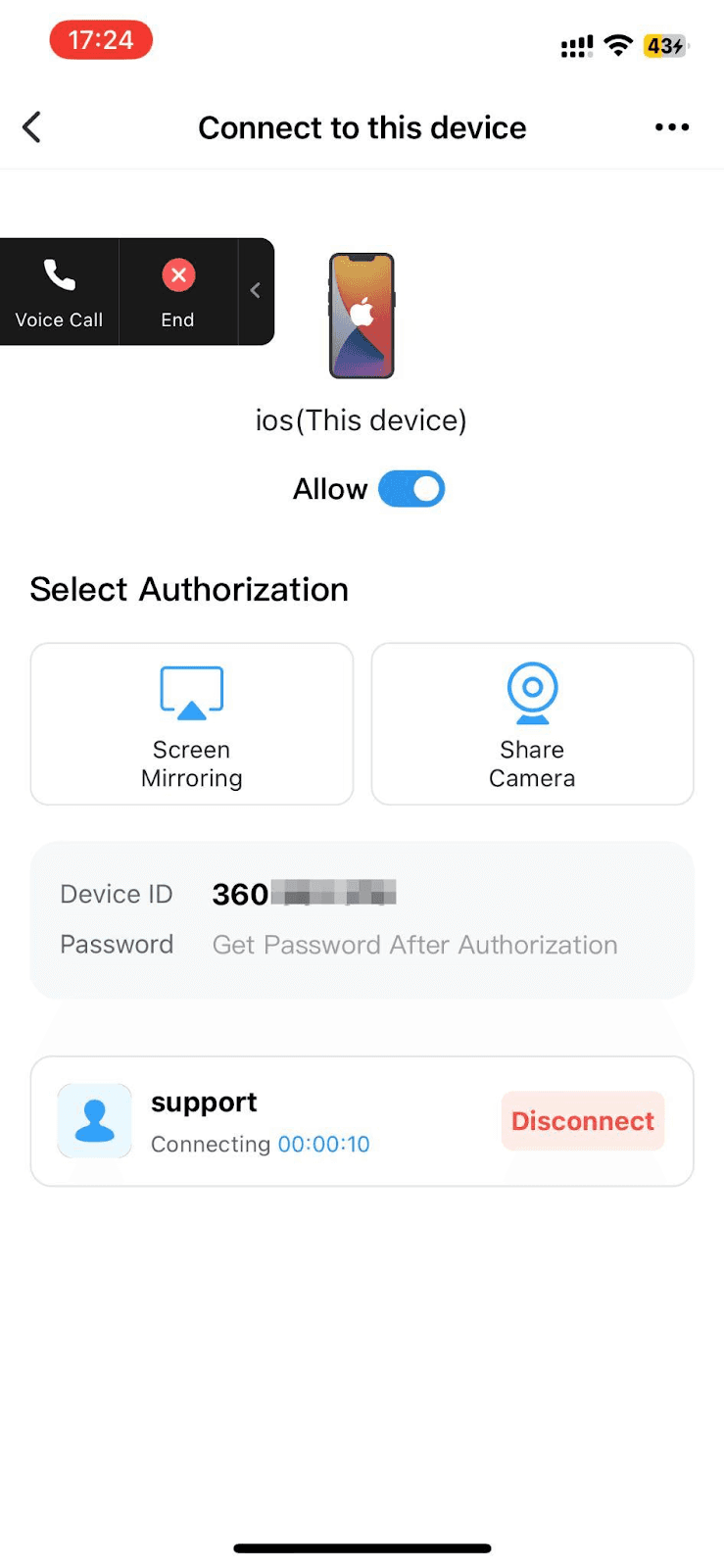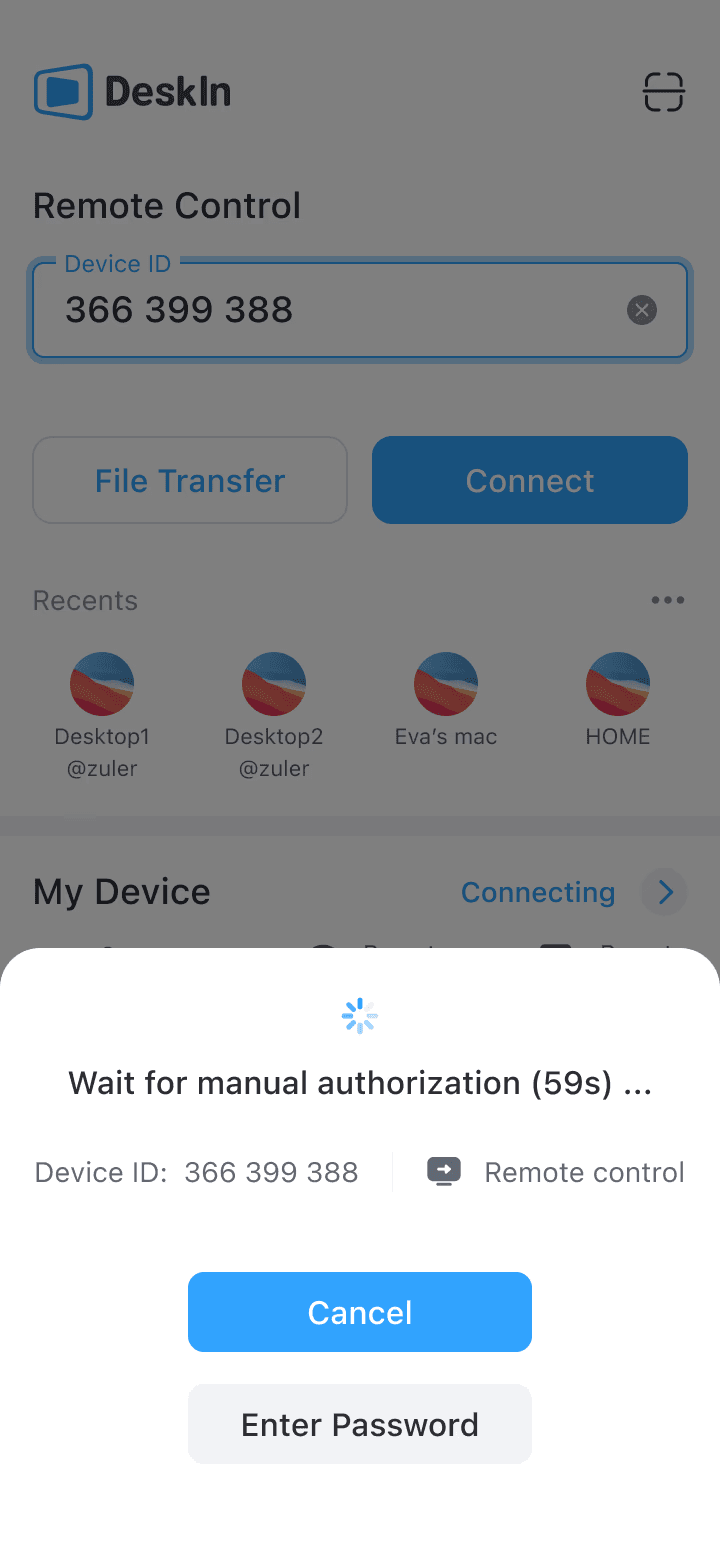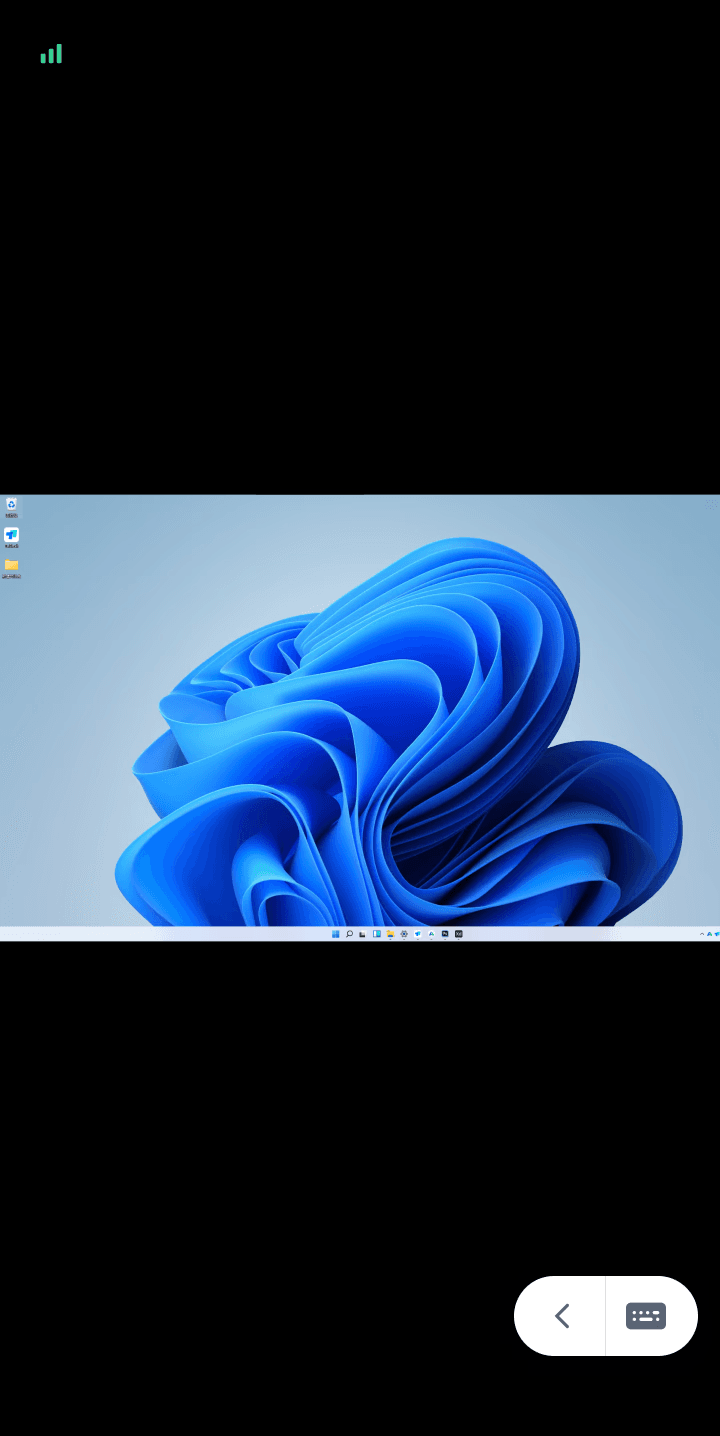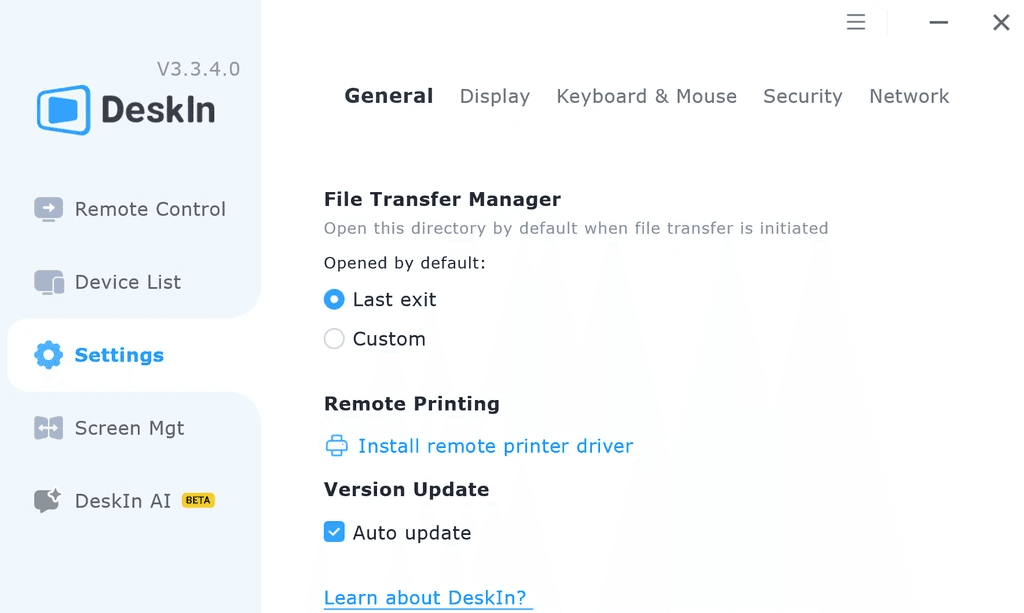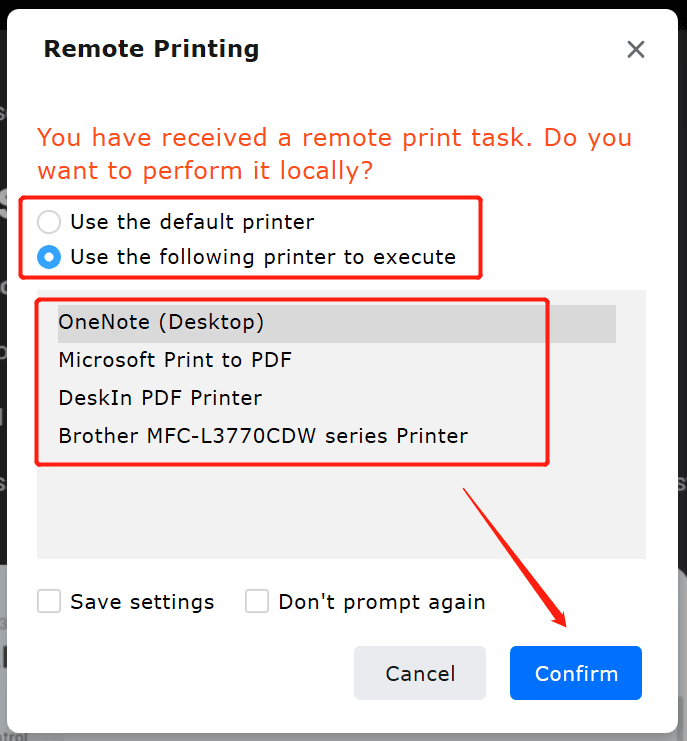Remember when gaming on a single monitor seemed like the peak of digital entertainment? Those days are long gone. As a dedicated gamer who's spent countless hours both playing and optimizing gaming setups, I can tell you that properly setting up dual monitors for gaming isn't just an upgrade—it's a transformation. Whether you're streaming your gameplay, keeping an eye on Discord chats while in-game, or simply craving that immersive panoramic view, a dual monitor setup delivers an experience that single screens simply can't match.
But here's the thing—setting up dual monitor for gaming isn't as simple as plugging in another screen and hitting the power button. There are hardware considerations, software configurations, and optimization techniques that make the difference between a clunky, frustrating experience and a seamless gaming paradise. In this guide, I'll walk you through everything you need to know about creating the perfect dual monitor gaming setup that will revolutionize how you play.
Supported Windows Versions
Not all editions of Windows support multiple monitors over a Remote Desktop connection. For dual-monitor functionality, ensure you have:
Windows 10 Pro or Enterprise: These editions support Remote Desktop with multiple monitors natively.
Windows Server (2016 or later): Server versions offer extensive multi-monitor capabilities in enterprise environments.
Upgrade from Windows Home: If you are using Windows Home, you'll need to upgrade to Pro or Enterprise, as Home edition does not support Remote Desktop connections.
Monitors and hardware setup
Before beginning your dual-monitor Remote Desktop session, confirm that all hardware requirements are met:
Dual Monitor Configuration: Both monitors must be properly connected and set up in your local system's Display Settings.
Display Settings: Ensure that both monitors are set to “Extend” mode under your local machine's display settings. To access this option, go to Settings > System > Display, then under Multiple displays, select Extend these displays.
Graphics Drivers: It's important to have your local machine's graphics drivers updated. Outdated drivers may cause issues with seamless transitions between multiple monitors during a remote session.
Network and performance considerations
A stable and high-speed internet connection is vital for a smooth multi-monitor Remote Desktop experience. Poor bandwidth or network instability can result in screen freezing or lag across monitors.
Recommended Bandwidth: For dual-monitor Remote Desktop sessions, a minimum connection speed of 10 Mbps is recommended. Displays with higher resolutions may require additional bandwidth.
Configure Remote Desktop for Low Bandwidth: In the Remote Desktop Connection settings, navigate to the Experience tab and select options optimized for low-bandwidth environments, such as adjusting visual settings like desktop composition and font smoothing.
You may also like:
How to extend Remote Desktop to two monitors
Once you've confirmed the prerequisites, you can proceed with enabling multi-monitor support. There are several methods to configure dual monitors in Microsoft Remote Desktop, based on your preferred interaction.
Method 1. Enabling multi-monitor support in the RDC app
The easiest way to enable dual monitors is by using the Microsoft Remote Desktop Connection (RDC) tool.
Step 1. Launch RDC: Open the Remote Desktop Connection tool by typing "mstsc" in the Start menu search bar.

Step 2. Expand Options: Click on “Show Options” to access advanced settings.

Step 3. Navigate to the Display Tab: In the Display tab, check the option “Use all my monitors for the remote session.”

Step 4. Connect: Enter the target machine's IP address or hostname and click “Connect.” Your Remote Desktop session will now span across all available monitors.

Method 2. Configuring an RDP file for multi-monitor configuration
For more flexibility or automation, IT administrators can configure an .rdp file to manage multi-monitor setups.
Step 1. Create or Edit an RDP File: Open or create an .rdp file using a text editor such as Notepad.
Step 2. Add Multi-Monitor Parameter: Add or modify the following line in the file to enable multi-monitor support:

Step 3. Save the File: After saving the changes, double-click the .rdp file to start a multi-monitor session.
This method is particularly useful for system administrators who handle multiple remote connections or want to configure specific settings for users in advance.
Method 3. Use command-line for Remote Desktop with dual monitors
For those who prefer command-line tools or need automation, you can initiate a multi-monitor session directly from the Command Prompt.
Step 1. Open Command Prompt: Run Command Prompt as an administrator.
Step 2. Execute Command: Enter the following command to start a Remote Desktop session with dual monitors.

This command-line approach is ideal for IT professionals needing to quickly set up or automate remote sessions.
Troubleshooting multi-monitor remote desktop issues
Encountering problems with a multi-monitor Remote Desktop setup is not uncommon, even after configuration. Here are the most typical issues and how to resolve them effectively.
Second monitor not showing in remote session
At times, the second monitor may fail to appear during a Remote Desktop session. This can result from incorrect local settings or session misconfigurations.
Check Local Display Settings: Ensure the secondary monitor is properly detected and configured as an extended display on your local system.
Review Remote Desktop Settings: Confirm that the "Use all monitors" option is enabled in the RDC settings.
Verify .rdp File Configuration: If you're using an .rdp file, ensure the "use multimon" parameter is accurately set.
Poor performance on secondary monitor
Slow response times or lagging on the second monitor often point to network limitations or overly high-resolution settings.
Lower Display Resolution: Navigate to the Display tab in Remote Desktop settings and reduce the monitor resolution to improve performance.
Optimize Network Configurations: In the Experience tab, disable graphical enhancements to accommodate limited bandwidth.
Session not spanning across two monitors
If your session fails to extend across both monitors, the issue might lie with the Remote Desktop app or the operating system configuration.
Update Your RDC Client: Make sure you're using the latest version of the Microsoft Remote Desktop Client. Older versions might not support multi-monitor setups effectively.
Confirm Windows Compatibility: Check that your Windows edition includes support for multi-monitor Remote Desktop functionality.
By systematically addressing these common issues, you can ensure a seamless and efficient multi-monitor Remote Desktop experience.
Enhancing Your Experience with DeskIn
While setting up dual monitor for gaming creates incredible possibilities, managing multiple displays efficiently can still be challenging. That's where DeskIn comes in as an optional tool to elevate your multi-monitor experience.
DeskIn offers several features that complement your dual monitor gaming setup:
Seamless Mouse Movement: Navigate between screens without getting caught at screen edges
Hotkey Configuration: Create custom shortcuts for moving between displays
Window Management: Quickly snap game-related windows to ideal positions
To extend your display using DeskIn, follow these steps carefully to ensure a seamless dual-screen setup:
Install and Open DeskIn on Both Devices
Make sure DeskIn is installed on both the primary and secondary devices. If you haven't installed the application yet, you can download it from the official website.
Click here to download DeskInLog In Using the Same Account on Both Devices
Launch DeskIn on each device and sign in using the same DeskIn account. This ensures proper synchronization between the devices.

Select the Target Device to Use as the Extended Screen
On your primary device (the one you will be actively using), locate and select the second device that you wish to use as an extended display.

Navigate to Screen Management and Click “Extend Screen”
Once the target device is selected, go to the Screen Management menu. Then, click on “Extend Screen” to initiate the extended display connection.

Grant Permission on the Secondary Device
A permission request will appear on the secondary device. Approve the request to allow the connection and enable screen extension.Adjust Resolution and Frame Rate Settings
After the screen has been extended, configure the resolution and frame rate (FPS) to match the optimal settings for your usage, especially if you plan to use the setup for gaming or visual-intensive tasks.

Begin Using Dual Screens Efficiently
Your screen is now successfully extended. You can begin working or gaming across two screens with improved flexibility and visual workspace.

DeskIn helps solve common frustrations when gaming across multiple screens, creating a more intuitive experience without the typical multi-monitor headaches many gamers encounter.
Conclusion: Transform Your Gaming with the Perfect Dual Monitor Setup
Setting up dual monitor for gaming represents one of the most significant upgrades you can make to your gaming experience. From enhanced multitasking to truly immersive gameplay, the benefits are substantial and well worth the initial effort of configuration.
Remember these key takeaways:
Choose monitors with matching specifications when possible
Ensure your GPU can handle the additional display requirements
Take time to properly configure Windows display settings
Consider DeskIn as an optional tool to streamline your dual monitor experience
Ready to transform your gaming setup? Follow the steps in this guide to create a dual monitor gaming environment that will forever change how you play.
Remember when gaming on a single monitor seemed like the peak of digital entertainment? Those days are long gone. As a dedicated gamer who's spent countless hours both playing and optimizing gaming setups, I can tell you that properly setting up dual monitors for gaming isn't just an upgrade—it's a transformation. Whether you're streaming your gameplay, keeping an eye on Discord chats while in-game, or simply craving that immersive panoramic view, a dual monitor setup delivers an experience that single screens simply can't match.
But here's the thing—setting up dual monitor for gaming isn't as simple as plugging in another screen and hitting the power button. There are hardware considerations, software configurations, and optimization techniques that make the difference between a clunky, frustrating experience and a seamless gaming paradise. In this guide, I'll walk you through everything you need to know about creating the perfect dual monitor gaming setup that will revolutionize how you play.
Supported Windows Versions
Not all editions of Windows support multiple monitors over a Remote Desktop connection. For dual-monitor functionality, ensure you have:
Windows 10 Pro or Enterprise: These editions support Remote Desktop with multiple monitors natively.
Windows Server (2016 or later): Server versions offer extensive multi-monitor capabilities in enterprise environments.
Upgrade from Windows Home: If you are using Windows Home, you'll need to upgrade to Pro or Enterprise, as Home edition does not support Remote Desktop connections.
Monitors and hardware setup
Before beginning your dual-monitor Remote Desktop session, confirm that all hardware requirements are met:
Dual Monitor Configuration: Both monitors must be properly connected and set up in your local system's Display Settings.
Display Settings: Ensure that both monitors are set to “Extend” mode under your local machine's display settings. To access this option, go to Settings > System > Display, then under Multiple displays, select Extend these displays.
Graphics Drivers: It's important to have your local machine's graphics drivers updated. Outdated drivers may cause issues with seamless transitions between multiple monitors during a remote session.
Network and performance considerations
A stable and high-speed internet connection is vital for a smooth multi-monitor Remote Desktop experience. Poor bandwidth or network instability can result in screen freezing or lag across monitors.
Recommended Bandwidth: For dual-monitor Remote Desktop sessions, a minimum connection speed of 10 Mbps is recommended. Displays with higher resolutions may require additional bandwidth.
Configure Remote Desktop for Low Bandwidth: In the Remote Desktop Connection settings, navigate to the Experience tab and select options optimized for low-bandwidth environments, such as adjusting visual settings like desktop composition and font smoothing.
You may also like:
How to extend Remote Desktop to two monitors
Once you've confirmed the prerequisites, you can proceed with enabling multi-monitor support. There are several methods to configure dual monitors in Microsoft Remote Desktop, based on your preferred interaction.
Method 1. Enabling multi-monitor support in the RDC app
The easiest way to enable dual monitors is by using the Microsoft Remote Desktop Connection (RDC) tool.
Step 1. Launch RDC: Open the Remote Desktop Connection tool by typing "mstsc" in the Start menu search bar.

Step 2. Expand Options: Click on “Show Options” to access advanced settings.

Step 3. Navigate to the Display Tab: In the Display tab, check the option “Use all my monitors for the remote session.”

Step 4. Connect: Enter the target machine's IP address or hostname and click “Connect.” Your Remote Desktop session will now span across all available monitors.

Method 2. Configuring an RDP file for multi-monitor configuration
For more flexibility or automation, IT administrators can configure an .rdp file to manage multi-monitor setups.
Step 1. Create or Edit an RDP File: Open or create an .rdp file using a text editor such as Notepad.
Step 2. Add Multi-Monitor Parameter: Add or modify the following line in the file to enable multi-monitor support:

Step 3. Save the File: After saving the changes, double-click the .rdp file to start a multi-monitor session.
This method is particularly useful for system administrators who handle multiple remote connections or want to configure specific settings for users in advance.
Method 3. Use command-line for Remote Desktop with dual monitors
For those who prefer command-line tools or need automation, you can initiate a multi-monitor session directly from the Command Prompt.
Step 1. Open Command Prompt: Run Command Prompt as an administrator.
Step 2. Execute Command: Enter the following command to start a Remote Desktop session with dual monitors.

This command-line approach is ideal for IT professionals needing to quickly set up or automate remote sessions.
Troubleshooting multi-monitor remote desktop issues
Encountering problems with a multi-monitor Remote Desktop setup is not uncommon, even after configuration. Here are the most typical issues and how to resolve them effectively.
Second monitor not showing in remote session
At times, the second monitor may fail to appear during a Remote Desktop session. This can result from incorrect local settings or session misconfigurations.
Check Local Display Settings: Ensure the secondary monitor is properly detected and configured as an extended display on your local system.
Review Remote Desktop Settings: Confirm that the "Use all monitors" option is enabled in the RDC settings.
Verify .rdp File Configuration: If you're using an .rdp file, ensure the "use multimon" parameter is accurately set.
Poor performance on secondary monitor
Slow response times or lagging on the second monitor often point to network limitations or overly high-resolution settings.
Lower Display Resolution: Navigate to the Display tab in Remote Desktop settings and reduce the monitor resolution to improve performance.
Optimize Network Configurations: In the Experience tab, disable graphical enhancements to accommodate limited bandwidth.
Session not spanning across two monitors
If your session fails to extend across both monitors, the issue might lie with the Remote Desktop app or the operating system configuration.
Update Your RDC Client: Make sure you're using the latest version of the Microsoft Remote Desktop Client. Older versions might not support multi-monitor setups effectively.
Confirm Windows Compatibility: Check that your Windows edition includes support for multi-monitor Remote Desktop functionality.
By systematically addressing these common issues, you can ensure a seamless and efficient multi-monitor Remote Desktop experience.
Enhancing Your Experience with DeskIn
While setting up dual monitor for gaming creates incredible possibilities, managing multiple displays efficiently can still be challenging. That's where DeskIn comes in as an optional tool to elevate your multi-monitor experience.
DeskIn offers several features that complement your dual monitor gaming setup:
Seamless Mouse Movement: Navigate between screens without getting caught at screen edges
Hotkey Configuration: Create custom shortcuts for moving between displays
Window Management: Quickly snap game-related windows to ideal positions
To extend your display using DeskIn, follow these steps carefully to ensure a seamless dual-screen setup:
Install and Open DeskIn on Both Devices
Make sure DeskIn is installed on both the primary and secondary devices. If you haven't installed the application yet, you can download it from the official website.
Click here to download DeskInLog In Using the Same Account on Both Devices
Launch DeskIn on each device and sign in using the same DeskIn account. This ensures proper synchronization between the devices.

Select the Target Device to Use as the Extended Screen
On your primary device (the one you will be actively using), locate and select the second device that you wish to use as an extended display.

Navigate to Screen Management and Click “Extend Screen”
Once the target device is selected, go to the Screen Management menu. Then, click on “Extend Screen” to initiate the extended display connection.

Grant Permission on the Secondary Device
A permission request will appear on the secondary device. Approve the request to allow the connection and enable screen extension.Adjust Resolution and Frame Rate Settings
After the screen has been extended, configure the resolution and frame rate (FPS) to match the optimal settings for your usage, especially if you plan to use the setup for gaming or visual-intensive tasks.

Begin Using Dual Screens Efficiently
Your screen is now successfully extended. You can begin working or gaming across two screens with improved flexibility and visual workspace.

DeskIn helps solve common frustrations when gaming across multiple screens, creating a more intuitive experience without the typical multi-monitor headaches many gamers encounter.
Conclusion: Transform Your Gaming with the Perfect Dual Monitor Setup
Setting up dual monitor for gaming represents one of the most significant upgrades you can make to your gaming experience. From enhanced multitasking to truly immersive gameplay, the benefits are substantial and well worth the initial effort of configuration.
Remember these key takeaways:
Choose monitors with matching specifications when possible
Ensure your GPU can handle the additional display requirements
Take time to properly configure Windows display settings
Consider DeskIn as an optional tool to streamline your dual monitor experience
Ready to transform your gaming setup? Follow the steps in this guide to create a dual monitor gaming environment that will forever change how you play.

Play x Work
All at Once
DeskIn Remote Game
only $14.32 USD 🎉 Limited on July 16-31
Add promo code: deskinsummer1







